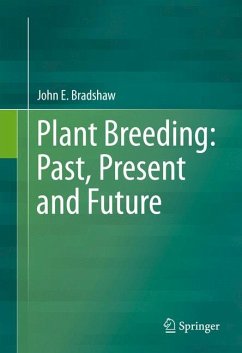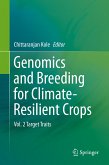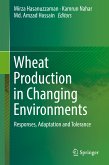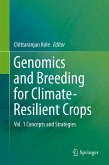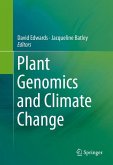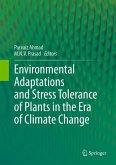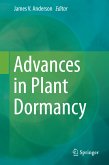The United Nations predicts that the global human population will rise from the 7 billion reached in 2011 to 9 billion by 2050, and that world food production will need to increase between 70 and 100 per cent in just 40 years. Most of this increase will need to come from bridging the yield gap between what is currently achieved per unit of land and what should be possible in future, given the most appropriate farming methods and storage of food and the availability of suitably adapted cultivars, including adaptation to climate change. Breeding such cultivars is the challenge for a new generation of plant breeders who will need to decide what germplasm and which breeding methods to use, and the types of cultivar to produce. They will also need to consider new opportunities made possible by technological advances in the manipulation of DNA, the chemical basis of heredity. This book aims to help them in their endeavours by reviewing past achievements, currently successful practices andemerging methods and techniques. Theoretical considerations are presented when thought helpful. The book is divided into four parts: Part I is an historical introduction finishing with future goals; Part II deals with the origin, recognition and selection of genetic variants that affect qualitative and quantitative traits in a desired way, and concludes with genome evolution and polyploidy; Part III explains how the mating systems of crop species determine the genetic structures of their landraces and hence the types of high yielding cultivars that have been bred from them: synthetic (including open-pollinated), clonal, hybrid and inbred line (including mixtures); Part IV considers three complementary options for future progress: use of sexual reproduction in further conventional breeding, base broadening and introgression; mutation breeding; and genetically modified crops. It concludes with strategies for achieving durable resistance to pests and diseases.
Dieser Download kann aus rechtlichen Gründen nur mit Rechnungsadresse in A, B, BG, CY, CZ, D, DK, EW, E, FIN, F, GR, HR, H, IRL, I, LT, L, LR, M, NL, PL, P, R, S, SLO, SK ausgeliefert werden.

